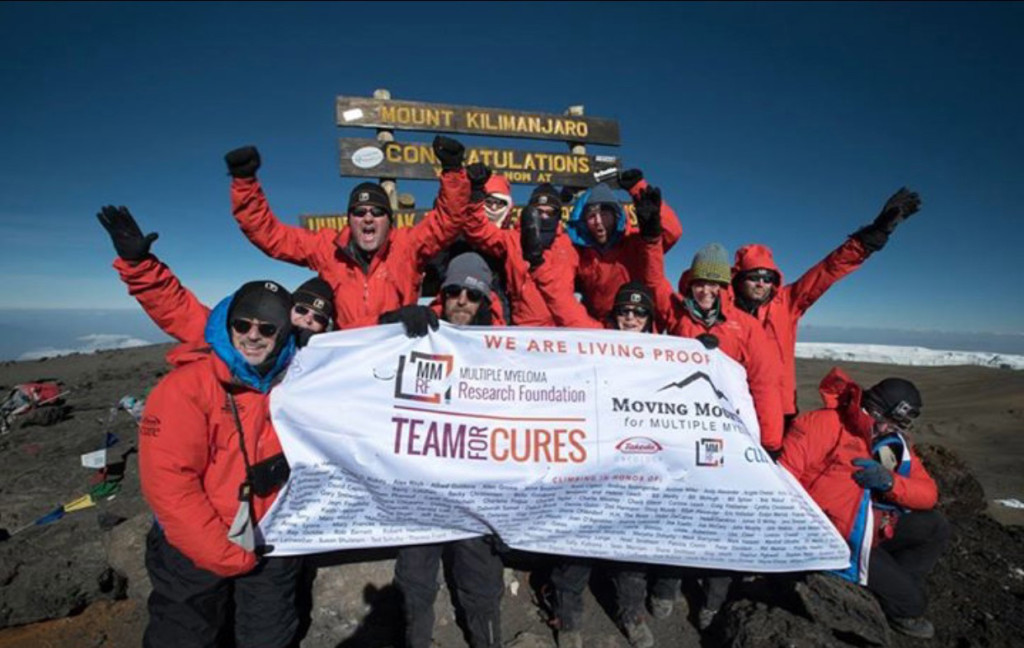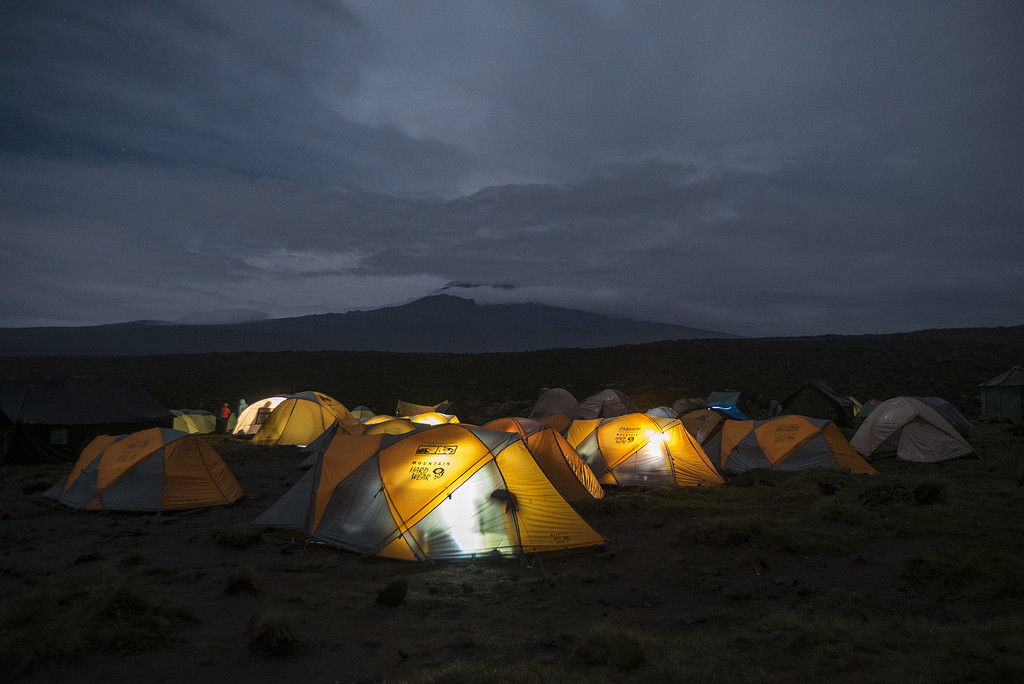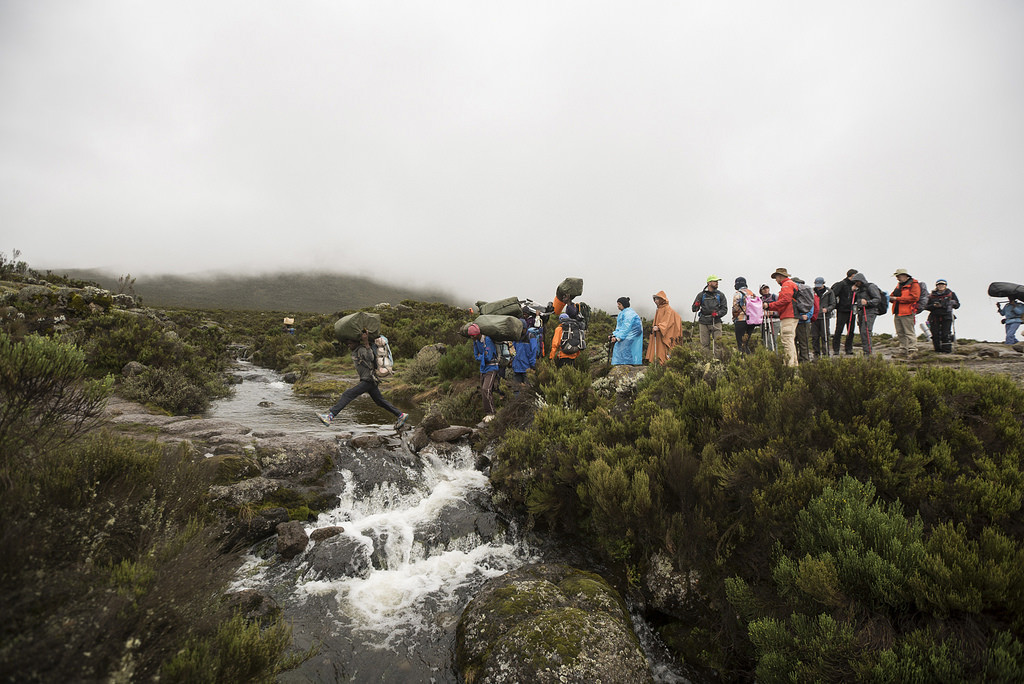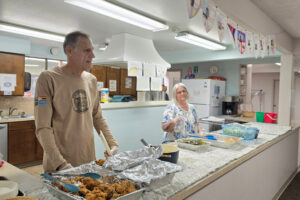When Julie Ryan’s mother, Linda Robertson, was diagnosed with a rare and incurable blood cancer, she endured countless treatments in order to prolong her life.
“She’s a tough old bird,” said Ryan, a Camas resident. “If you look at her, you wouldn’t know she has cancer, but she has been through a lot in the last 14 years.”
So when the opportunity arose for Julie and her twin sister, Jana Cannon, to attempt a climb of Mount Kilimanjaro in Tanzania, Africa, to raise money for multiple myeloma, she didn’t hesitate.
“We have both been active in the Multiple Myeloma Research Foundation for years, and have done numerous half marathons and other smaller events,” Ryan said. “This is their big, crazy trip and as soon as we were made aware of it, we applied.”
Preparing to summit a 19,341 foot mountain, with little prior climbing experience, is no easy task. In addition to the training and gear climbers needed to bring, they were also required to raise $10,000 each.






